The Moravian Music Foundation preserves, shares, and celebrates Moravian musical culture.
Great Sabbath. Known in many other traditions as Holy Saturday, it’s the day between Good Friday and Easter Sunday, the day of Jesus’ rest in the tomb between the agony of crucifixion and the glorious resurrection. The Moravian celebration of this day in the Renewed Church arose with the Holy Week observances in the 1730s in Herrnhut. (For our readers who aren’t familiar with Moravian Holy Week, many congregations have reading services every evening from Palm Sunday through Great Sabbath, the focus of which being a reading from a harmony of the gospel accounts of the last week of Jesus’ earthly life, interspersed with hymn stanzas. These services are devotional in nature, and generally have no sermon; the readings speak for themselves, and the hymn stanzas allow the congregation a chance to respond to what they are hearing.)
Moravian tradition is to have a lovefeast for the Great Sabbath – a chance for the family to gather around a simple meal, quietly savoring time together in that in-between time. There have been historically a great many hymns and anthems written for the day, some of which have been long-standing favorites (think of Christian Gregor’s In Slumber, Peaceful Slumber – recently published in a new edition and translation as In Stillness).
I’ll focus on practice now in two locations: Salem (Winston-Salem), NC, and Lititz, PA. Other locations, of course, have their own traditions, and in a future post I’d like to explore those. (Send me accounts and orders of service from what you do!)
In Salem, beginning in 1771, a lovefeast was held on the afternoon of Great Sabbath. Because of the great number of visitors to the town, up until 1919 tickets were required to get in. In 1914 the Good Friday evening lovefeast was added, to allow room for those who had not been able to obtain tickets for Saturday afternoon’s service; the two services were identical. Over the years, the Friday evening service became the more popular, and the Saturday afternoon one seemed to attract mostly tourists – many of whom, regrettably, would come in, enjoy the bun and coffee, and leave before the sermon! In 2002, Home Moravian Church (in Salem) discontinued the Saturday afternoon service, because of declining attendance, retaining the Friday night observance – which is generally still a “full house”. So what Home Church has done is to move the Great Sabbath observance back to the evening of Good Friday – still within the traditional sundown-to-sundown definition of “Sabbath”.
That doesn’t mean that nothing happens in Salem on Great Sabbath itself. God’s Acre is filled with families and friends, especially in the mid-to late morning, cleaning and decorating graves for Easter. One member has likened this to a celebration of the communion of saints, and a very apt image that is.
In addition, in the 1920s, the Easter dawn service was drawing larger and larger crowds of visitors; with nothing to do after the afternoon lovefeast, they just wandered around. Bessie Whittington Pfohl (Mrs. J. Kenneth, herself an accomplished musician and supporter of Moravian music and tradition) had the idea to hold a special Saturday evening service of music, using Dubois’ Seven Last Words – and this was begun in 1925. In 1947 the Salem Congregation assumed responsibility for this service, and James Christian Pfohl served as conductor for many, many years. This service still continues today, now with Drake Flynt conducting and a choir of members of many different Moravian churches. The Dubois is still occasionally used, though many other works have been programmed – most recently a collection of mostly-Moravian anthems and hymns written for Great Sabbath.
This year the service will feature the Requiem by Gabriel Fauré, and will be at 7:00 p.m. in Home Moravian Church (arrive early).
In Lititz the Great Sabbath is marked with an afternoon lovefeast, with the subtitle “Gathered in grief and loss for Jesus of Nazareth”. The service includes hymns and anthems relating to Jesus’ death and rest in the grave; particularly moving is the sense that we need not fear to lie down in the grave at death, as our Savior has already been there and sanctified our resting place. The occasion is meditative, a chance to reflect upon our own mortality in the light of God-made-man, who lived and died among us; and to look forward to the resurrection to which we shall be called in Christ. The service ends with no benediction or postlude, but in silent anticipation of Easter triumph.
The Great Sabbath observance is rich with theological images. We can ponder the family of God gathered together after a death. We can reflect on God resting on the 7th day – at the beginning of the new creation. For those in northern climes, we can recognize that brief moment when you know spring is coming, but it hasn’t quite gotten here yet.
Theologically speaking, we celebrate that the work of salvation is complete. God’s victory is won, and we know that the resurrection is imminent. In our history we have reflected that there is safety and refuge near the tomb of Jesus; evil cannot approach here.
Reflect, as the Great Sabbath approaches, on these hymn texts (written out in paragraph form, so you can read and meditate on them as sentences) …
Lord of life! Now sweetly slumber, with the dead awhile a guest; after torments without number, glorious is thy hard-earned rest; lo! the dreadful conflict’s ended; by thy sufferings thou has won; now o’er all thy power’s extended, e’en my heart, oh, claim thine own. Here my Sabbath is completed; here my soul enjoys sweet peace. At the feet of Jesus seated, here I taste true happiness; I adore my Paschal Offering, I adore God’s counsel deep, I adore my Jesus, suffering, and, while I adore, I weep. (text by Christian Latrobe)
And another hymn:
Here in this sepulchral Eden the tree of life I’ve found, here is my treasure hidden, I tread on hallowed ground. Ye sick, ye faint and weary, however your ailments vary, come hither, and make sure of a most perfect cure. (text by Christian Gregor)
One final hymn, written more recently:
The grave today is holding our Lord, our life, our love; within its depths enfolding the heights of heaven above. In death, most gracious Savior, you proved our dearest Friend, the only path which leads us to life which knows no end. Your Sabbath-rest, dear Savior, we celebrate with joy; to praise its solemn splendor our highest gifts employ. Lead us to rise victorious as you burst bonds of hell, to join in hymns most glorious your saving power to tell. (text by C. Daniel Crews, 1995; © Interprovincial Board of Communication and Moravian Music Foundation. Used by permission.)
Wherever you are, then, take time on the Great Sabbath to observe this day. A day of rest, of re-creation, of coming new beginnings. And may the day, and your entire Lenten and Easter season, be richly blessed!
Next time … “Handmade Music” – guest columnist Thomas Dressler
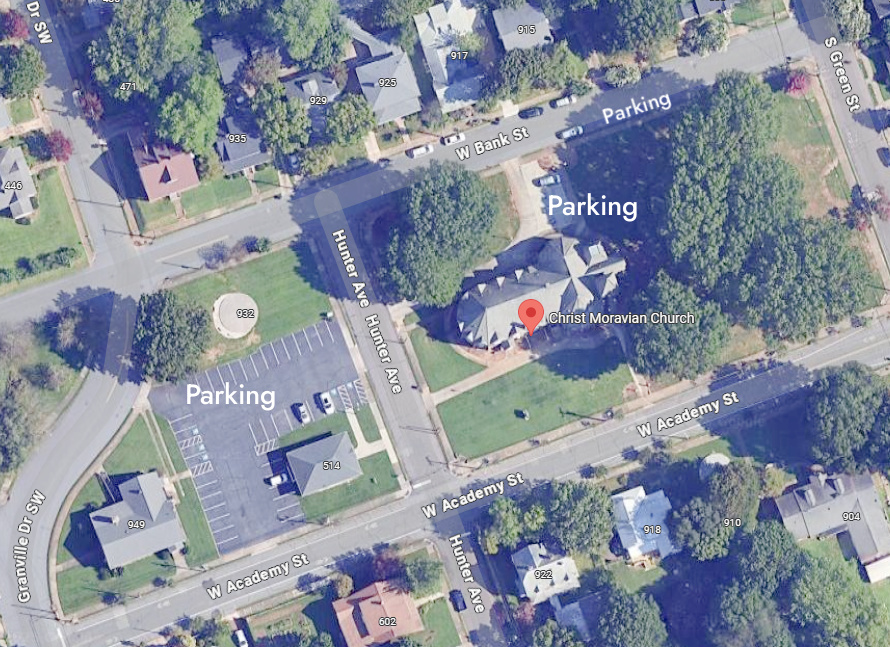
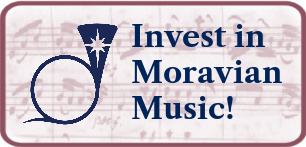

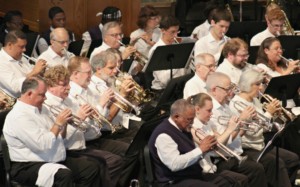
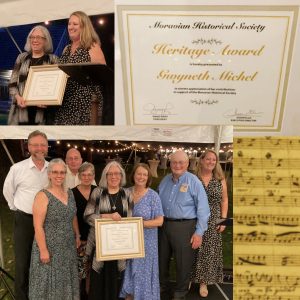
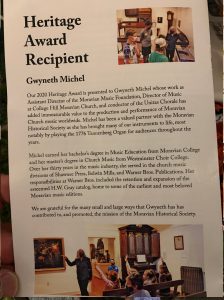
Leave a Reply